
OC 949-428-4500
LA 310-460-2444
Phototherapy or Photomedicine has progressed from empiricism to one of the most fascinating disciplines of biomedical study in the last 30 years. Basic scientists and doctors have collaborated to study the effects of visible and ultraviolet light on skin and in medical treatments.
The use of various types and colors of light in medical treatments are producing surprisingly successful results. Successful clinical outcomes include a variety of ailments from aesthetic treatments on skin, topical and systemic infections, chronic slow healing wounds, autoimmune and chronic degenerative diseases and even cancer.











Primarily two different ranges of wavelengths of light, which correspond to different colors of light, are used. Longer wavelengths in the far-red to near-infrared (NIR 670-830nm) region and shorter wavelengths in the visible blue region of the spectrum (405-470nm) [“nm” is the abbreviation for “nano meter”, which means one billionth of a meter]
As in most disciplines of scientific medicine, precision is extremely important. In the case of phototherapy, precision includes the frequency of the light -meaning its color or wavelength as measured in fractions of a meter, its intensity – like a 20 watt bulb vs a 100 watt bulb, duration of the treatments, as well as pulse rates – how many on/off flashes of light per second, extending all the way to a constant flow of light.
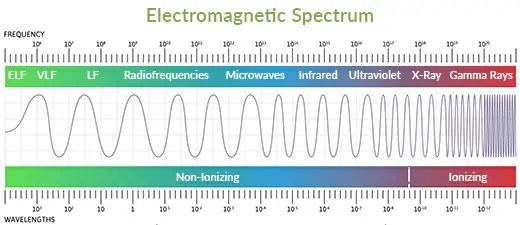
The first Phototherapy procedures were carried out with lasers, and researchers were unsure whether the biomodulation processes triggered by Phototherapy depended on the special properties of laser light, such as monochromaticity (narrow bandwidth), coherence, or polarization, or whether similar therapeutic benefits could be obtained with other light sources.
Lasers are far more complex, sophisticated, and expensive devices, that produce far more precise, focused, quantifiable amounts of energy.
As in all areas of medicine, finding the appropriate dose regimen for delivering the light is important. Just like pharmaceutical medications, while the correct dose might save your life, to small a dose may be ineffective, while to strong a dose might damage or even kill you.
Over the last few decades, substantial data has accumulated indicating that various light sources may induce Phototherapy effects and that the wavelength and dosage are the primary deciding criteria for its effectiveness. A photo-acceptor molecule in the cell or organism must be able to absorb the wavelength.
Individual LEDs, since they are tiny and compact, emit light in a relatively limited waveband and at modest overall intensity. A collection of numerous LEDs organized in two-dimensional arrays will create enough visible or infrared light to activate various photobiologic reactions.
LED devices, unlike lasers, lack the capacity to photothermally target specific structures via selective photothermolysis. However, LEDs have been effectively employed to drive photochemical processes in photodynamic treatment. One of the important advantages of NIR light using LEDs in medical therapies, is that it produces no heat. This makes the treatments comfortable and virtually eliminates the risk of burning a patient’s skin.
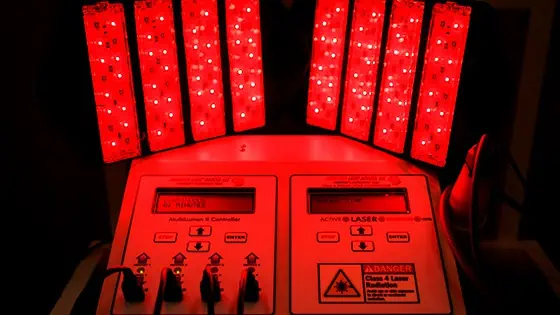
For any light therapy to work, something within the targeted tissue must be receptive to the light and readily absorb it. These light-responsive elements are often molecules within the body or within specific cells that readily absorb the light and are positively affected in some way by the light waves’ energy.
The most recognized light-responsive molecule occurring in nature is chlorophyll, occurring in plants, which absorbs the energy of sunlight and converts it into chemical energy that is used to transform CO2 (carbon dioxide) into manufacturing O2 (oxygen) and sugar.
In medical phototherapy, far-red and NIR light, generated by low-intensity lasers, acts on organelles within human cells known as mitochondria. More specifically, light acts upon the “Electron Transport Chain” within the mitochondria, which dramatically increases the mitochondria’s output of ATP molecules.
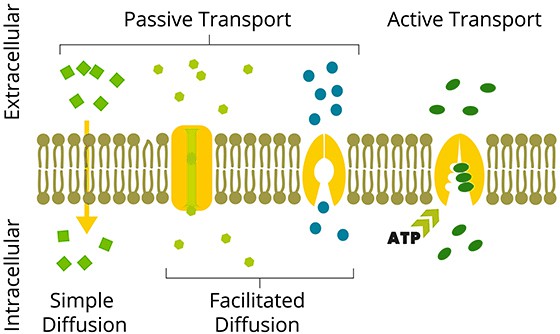
ATP is the single most important chemical fuel in animal physiology that is the source of all the energy animals, including humans, require for life. This increase in ATP production is particularly important in the repair of injured and dysfunctional cells, tissues, and organs.
Exactly how the energy of light is infused into the Electron Transport Chain is still not fully understood. Simply stated, spanning time, from the ancient wisdom of the bible to modern quantum physics, the entire universe is comprised of different manifestations of energy… and energy is essentially “fungible” … meaning it can be transformed from one form to another.
As many spiritual traditions have expressed, “All Is One”, and the unfathomable and unsearchable presence of God, purposefully animates every particle and everything, as well as every relationship between all things in the universe.










When I mention “all the energy humans need for life”, most people have no idea of the full impact of what this means. So here it is:
We have approximately 50 trillion cells in our body. Every one of those cells is essentially a bio-chemical protein factory, making all the various proteins that our body needs to function. To grasp how much energy a cell needs to accomplish this, we need to know how many bio-chemical reactions each of our cells make? Are you ready for this… 20,000 biochemical reactions PER SECOND!
Even more miraculous is that each of these 20,000 reactions must occur in perfect harmony, synchrony, and sequence with every one of the other 20,000 reactions that are occurring for the correct events to occur within each and every cell! Imagine a symphonic orchestra comprised of 100 different instruments each playing their individual and unique musical score of a great Beethoven symphony… Every note must be played at exactly the correct instant to produce a harmonious symphony, as intended, and designed by the composer.
Such too is life… designed by an unfathomably divine intelligence that engineered the universe to produce the perfect symphony, through which His purpose in creation is manifest.
In contrast to far-red and NIR light which stimulate the body’s repair of injured cells by contributing useful energy to the vital functions of the cell, blue light kills the bacteria that cause wound infections, and in that way, supports the healing of infected tissues.
In general, using the appropriate combination of photo-sensitizer and its “matched” light, photodynamic treatment is effective at killing a broad spectrum of pathogens including:
In contrast to the use of pharmaceutical antibiotics, PDT does not cause the development of any drug resistant microbial species and remains fully effective after many repeat treatments.
Furthermore, PDT can effectively treat antibiotic resistant pathogenic microbes, such as Pseudomonas aeruginosa and MRSA.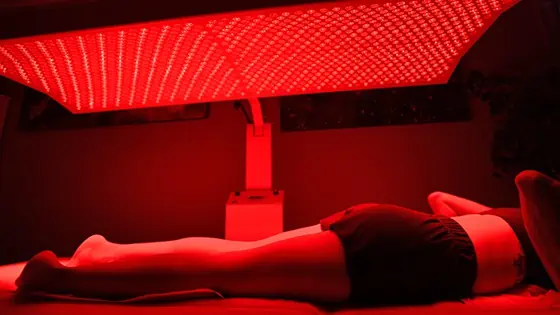
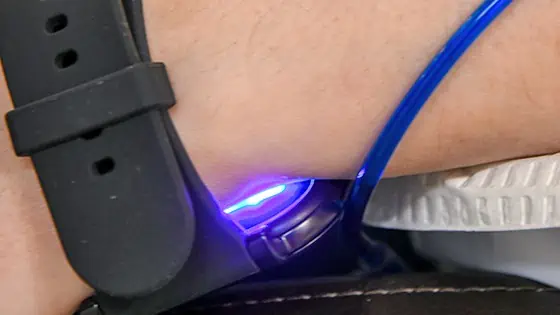
As antibiotic resistance becomes more problematic with the creation of “super bugs” resistant to traditional medicines, the development of alternative or combinational medications is crucial in the fight against infectious illnesses.
Phototherapy, has already shown itself to be a promising strategy for the treatment and prevention of a variety of ailments due to its broad-spectrum antibacterial and antiviral activity, low invasiveness, no systemic adverse effects, and no evidence of developing treatment resistance.
Everything on our website comes from from reputable publications, books and scientific journals, most of which are available on PubMed and other government websites. These include Meta-Analysis’, Randomized Controlled Trials, Clinical Trials, Systematic Reviews, Books and Documents. We encourage you to read the science, in order to separate fact from fiction, so that you can arrive at a full understanding of what is best for your body. We would be honored to be a part of that educational journey with you.
AMA Regenerative Medicine & Skincare | 1570 Brookhollow Dr., Santa Ana, CA 92705 | 6310 San Vicente Blvd STE 285, Los Angeles, CA, 90048 Disclaimer: though everything on our website comes directly from reputable publications and scientific journals; and though thousands of these articles are available on official government websites (https://pubmed.ncbi.nlm.nih.gov), they have not been evaluated by the Food and Drug Administration and the FDA has not certified, endorsed or approved any of the scientific findings as methods of treating or diagnosing any diseases or illnesses.